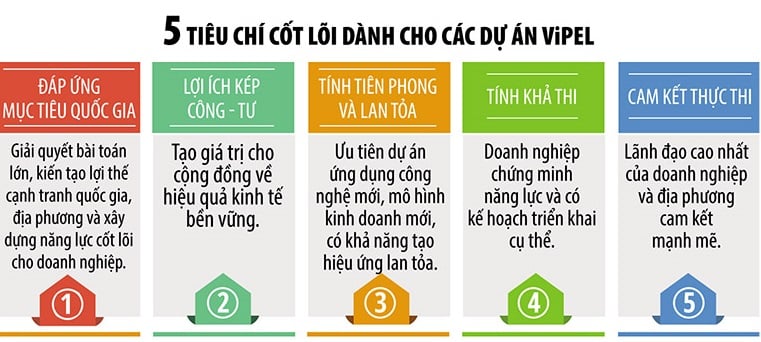 |
Dissecting the growth problem
The working session of Committee 3 - manufacturing industries (under the Vietnam Private Economic Panorama Model - ViPEL) began with very macro stories.
Mr. Vu Van Tien, Chairman of the Board of Directors of Geleximco Group, member of ViPEL, in charge of Committee 3, mentioned the double-digit growth target of the Vietnamese economy, expected to start next year and last for many years, which the Government is discussing. It is worth noting that this very high target is set in the context of the global economy not being really favorable...
“There must be workers, investment, exports, and millions of businesses participating to achieve double-digit GDP growth. We cannot rely on just a few large businesses or a few large projects,” Mr. Tien shared.
Attending the meeting were businesses operating in the processing industry, such as Eurowindow , Dai Dung Group, Hanel PT, Citicom, Stavian Chemicals... and representatives of many business associations in the processing and manufacturing industry. Many businesses said that they have many projects, some of which are not small in scale, but the question is what can be done better and more effectively to "solve the growth problem" as required by the Politburo's resolutions, as the topic that the Government and the Prime Minister are posing to the business community.
Mr. Tien also mentioned the Cai Mep Ha General and Container Port Project, which Geleximco is one of three investors who are trying to promote, which may start construction this year, but the bigger ambition is to form a seaport center in Ho Chi Minh City. This means that some businesses, no matter how big, determined, and willing to connect with other businesses... cannot do it on their own.
“Our experience in project implementation shows that there must be very clear mechanisms: what the investor does, what the locality does, what the contractor does. What are the responsibilities of each party? For example, in site clearance, local leaders must be flexible, dedicated, and responsible enough, and must go to the site so that the contractor has the construction site on schedule. They cannot give general instructions,” Mr. Tien frankly analyzed the public-private partnership (PPP) model in which Geleximco has a lot of experience.
This is not a separate bottleneck. During the working session of Committee 2 - Infrastructure Development and Industries with National Competitive Advantages (also under ViPEL), the speed and lack of flexibility in resolving practical problems of many investment projects were also mentioned. Mr. Pham Hong Diep, Chairman of the Board of Directors of Shinec Joint Stock Company, expects this speed to change as localities are also striving to achieve high growth in the coming years.
“If a project previously required 3 years to complete procedures, now this time only needs to be reduced, for example to 1 year. Provinces can build a process to integrate documents and regulations, find the most favorable direction, announce and organize implementation. If projects run faster, localities will also develop faster. This is public-private partnership,” Mr. Diep proposed.
But the question is, can ministries, branches and localities "think together, share responsibility" with investors and businesses, instead of "each person doing their own work"?
Solutions from the private sector
From the perspective of the private sector, the public-private partnership problem has a new color. The role of the public (State) side is not only to create institutions and policies, or to propose one-way development problems, from the State's development desire. The private side also does not only put profit as the top priority.
Ms. Pham Thi Ngoc Thuy, Director of the Office of Private Economic Development Research (Department IV), ViPEL's Professional Secretariat, said that this model requires a commitment to implementation responsibility from both sides, in the direction of setting out what must be done, taking action together, and solving difficulties wherever they are. The State side determined that the private sector must fulfill its commitments on resources, governance, and progress; and businesses will not have to "beg" to do it.
“There will no longer be public-private meetings to complain and grumble, but to discuss ways to promote work, and to honor businesses that do well and localities that have successfully implemented the public-private model,” Ms. Thuy emphasized.
This also requires a sandbox mechanism for new approaches before they are replicated. Testing will start from both the private side in project selection and proposed models and the public side in ensuring project progress.
Enterprises believe that pioneering projects need to ensure efficiency, feasibility, influence and must have results within 2 years. Thus, the project may not be too large, but has a legal basis, resources, technology, and only needs additional support from the State.
In particular, businesses will look at the project as a whole, in terms of impact and connectivity, rather than just from a specific industry or field perspective.
“There will have to be priorities that businesses identify when joining hands to propose public-private projects. Because every business sees its industry and field as more important and urgent. This is the time to evaluate impartially and objectively based on the criteria of national interests, chain impacts and creating a Vietnamese business ecosystem,” said Mr. Nguyen Anh Tuan, Vice Chairman of the Board of Directors of Vietjet Air, member of Committee 4 - Resource and Service Development.
There is a proposal to form a business alliance to promote supporting industries and increase localization in the production chains of Vietnamese enterprises. Specific projects will be selected by the alliance. Along with that, there is a proposal for the private sector to participate in implementing the policy of periodic health check-ups for people at least once a year, starting from next year. Ms. Nguyen Do Quyen, Deputy General Director of FPT Retail, calculated that the team of pharmacists, doctors, financial resources, medical supplies, etc. of the private sector can get involved immediately.
According to the plan, the list of proposed projects will be collected, researched and announced by ViPEL on October 10, during the Panorama Session on Private Economy and Government.
Source: https://baodautu.vn/hop-tac-cong---tu-goc-nhin-tu-doanh-nghiep-tu-nhan-d400077.html








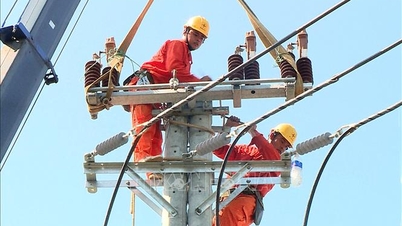

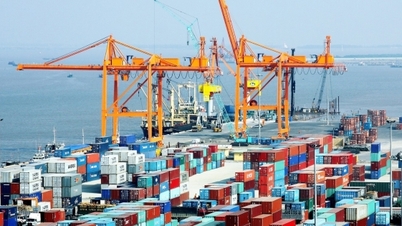

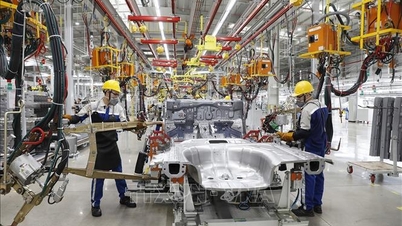




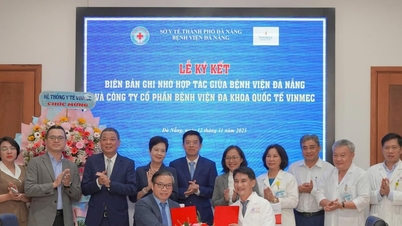

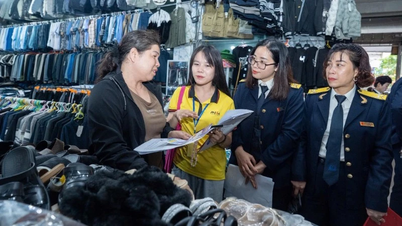












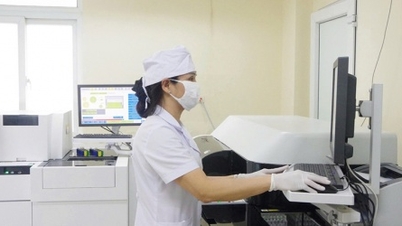



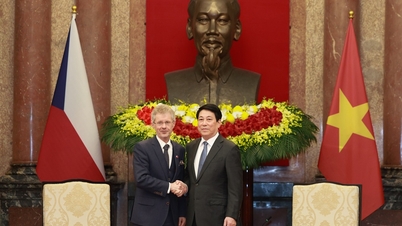
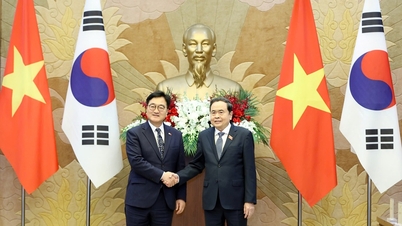




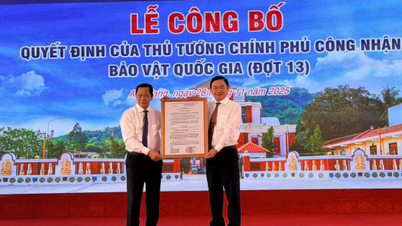





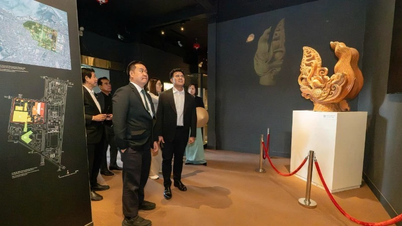




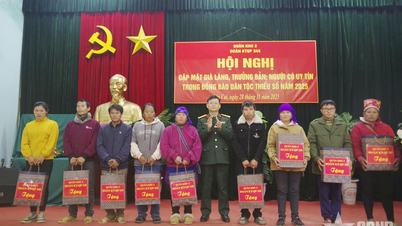




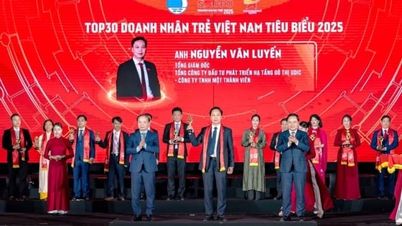




















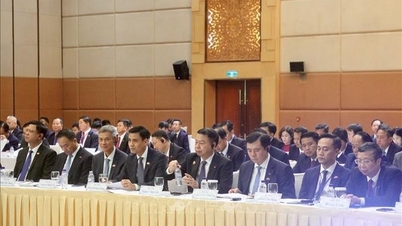

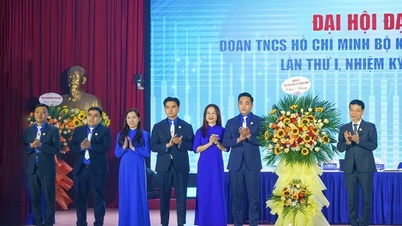




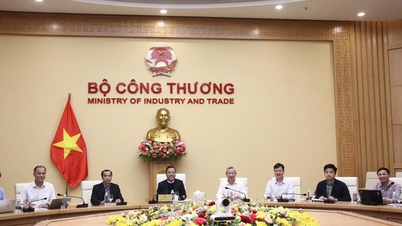



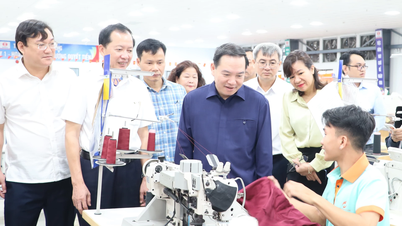

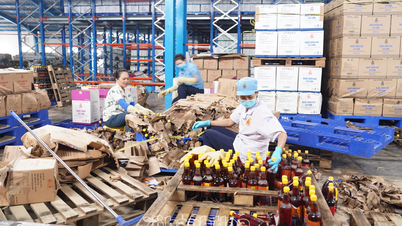
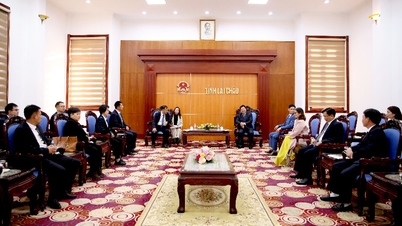






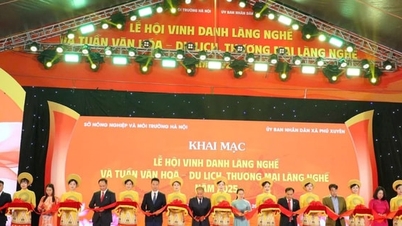

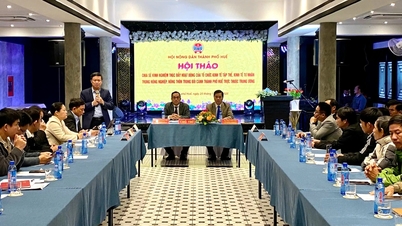







Comment (0)